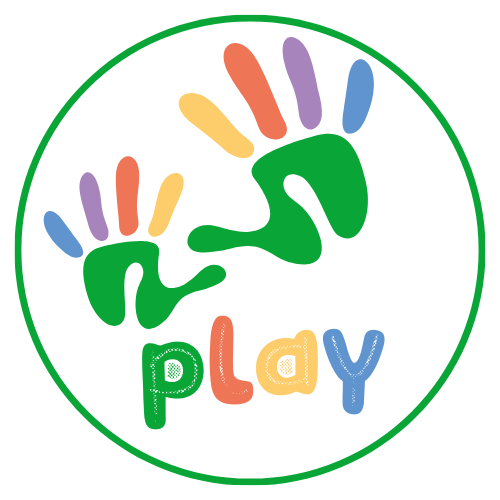Establishing good habits and routines is an essential part of raising responsible and independent children. One of the best ways to encourage these habits is by creating a chore chart for your kids. A chore chart not only helps your children learn how to take responsibility and contribute to the household, but it also teaches them important life skills like time management and organization. In this article, we’ll discuss how to create a chore chart for kids and make it a fun and effective tool for the whole family.
The Importance of Chores for Kids: Chores are an important part of growing up and learning how to take care of oneself and contribute to a community. Children who learn how to do chores at a young age develop a strong sense of responsibility and are more likely to be successful in life. Chores also teach children important life skills like time management, organization, and teamwork. By establishing a regular routine of chores, parents can help their children develop healthy habits that will serve them well into adulthood.
Creating a Chore Chart: When creating a chore chart for your kids, there are a few key things to keep in mind. First, make sure the chart is age-appropriate and tailored to your child’s abilities. Second, make it visual and easy to understand, so your child can easily see what tasks they need to complete. Finally, make it fun and rewarding, so your child is motivated to complete their chores.
Here are some steps to follow when creating a chore chart:
- List the Chores: Start by making a list of all the chores your child can do. Be sure to include both daily and weekly tasks, and make sure the list is manageable for your child’s age and abilities.
- Assign the Chores: Next, assign each chore to a specific family member. This will help ensure that everyone is contributing to the household equally.
- Create the Chart: Once you have assigned the chores, it’s time to create the chart. You can do this by using a whiteboard, poster board, or a pre-made chore chart template. Make sure the chart is easy to read and visually appealing.
- Set Rewards: To motivate your child to complete their chores, consider setting up a reward system. This could be anything from stickers to extra screen time. Make sure the rewards are age-appropriate and aligned with your family’s values.
- Review and Update: Finally, review the chore chart regularly with your child to make sure they are staying on track. Update the chart as needed to reflect changes in your child’s abilities or household needs.
Organizational Tools for Chore Charts: To make the chore chart more effective and fun, consider using organizational tools and stickers. For example, you could use magnetic clips to attach the chore chart to the fridge, or use colorful stickers to mark completed tasks.
Some popular organizational tools for chore charts include:
- Whiteboards: Whiteboards are a great way to make the chore chart easily visible and updateable.
- Chore Chart Templates: You can find many free chore chart templates online, which can save you time and effort when creating the chart.
- Magnetic Clips: Magnetic clips are a simple way to attach the chart to the fridge or other metal surfaces.
- Stickers: Using stickers to mark completed tasks can be a fun and rewarding way to motivate your child.
In conclusion, creating a chore chart for your kids can be an effective way to teach responsibility and organization, while also making household tasks more manageable. By following the steps outlined above and using organizational tools and stickers, you can make the chore chart a fun and rewarding experience for the whole family.




